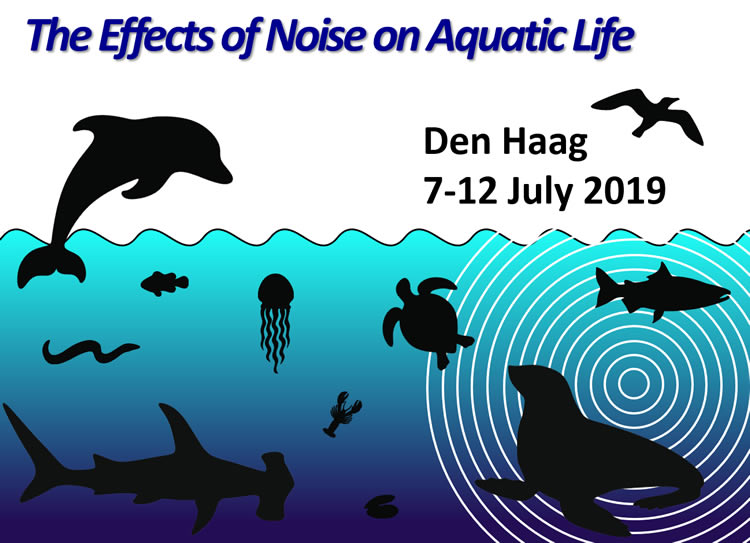
Comments: download file (poster)
Ref.: Conf. on the Effects of Aquatic Noise, Den Haag (The Netherlands), July 2019.
Abstract:
In coastal zones, snaps, clicks, pops and crackles produced by benthic fauna can be quite
representative in the soundscape (Butler et al., 2017). These sounds can be caused simply
by the movement of these organisms on the substrate, by the stridulation/friction of the
hard parts of their bodies or water circulation (Simmonds and MacLennan, 2008.) Thus, when
many individuals are active in an environment, the sounds merge into a timed sound, producing
a Rocky Shore Bioacoustic Signature (RSBS). The Cabo Frio region is recognized as one of the
main points of occurrence of upwelling phenomenon on the Brazilian coast. This phenomenon
is characterized by the outcropping of deep, cold (lower than 20°C) and nutrient-rich waters
to the surface and increasing of the primary productivity (Valentin and Coutinho, 1990),
especially during spring and summer. This one along with other hydrodynamic features makes
the site a unique biological environment (Ferreira, 2003).
This work aims to characterize the RSBS and its upwelling regime relationship. A structure
with 4 hydrophones was installed near the Cabo Frio Island, in Arraial do Cabo, RJ, Brazil.
Temperature data were collected and analyzed together with acoustic data. In addition, was
utilized a sound propagation model to evaluate the transmission loss from sources distributed
along the rocky shore (simulating RSBS). This simulation was performed for two scenarios, with
and without upwelling characteristics.
The results showed the usual daily pattern, which present an increase in biological noise
during twilight periods. In addition, the RSBS is modulated by the water temperature (decreases
in cold waters). This occurs due to both high transmission loss and low source level caused by
upwelling and probably decrease in benthic metabolic rate, respectively. This relationship
between temperature and Rocky Shore Bioacoustic Signature can contribute to the understanding
of the organisms behavior in relation to the upwelling and to the development of new biotechnological
applications.